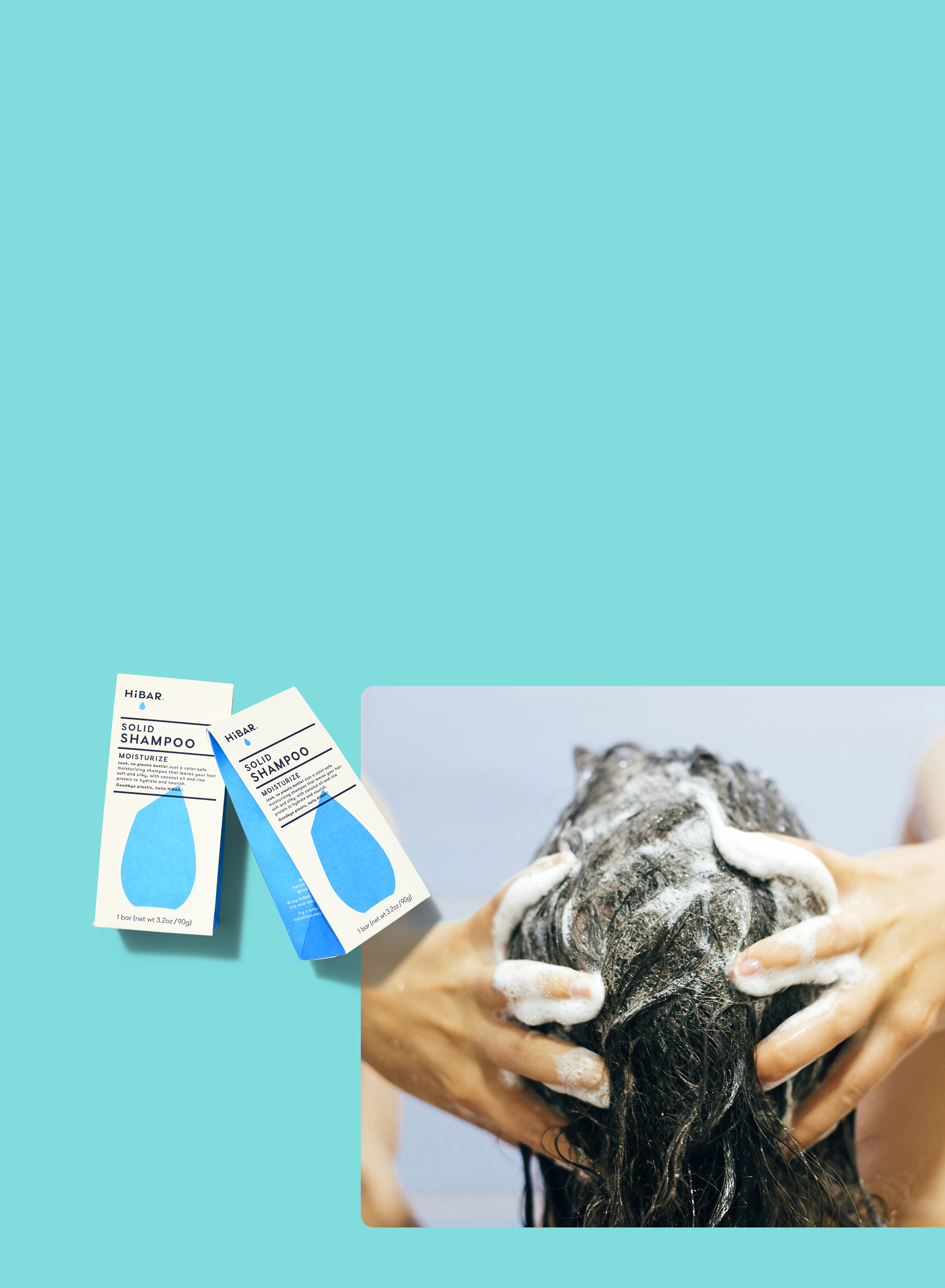
Go ahead, go bottle-less
How to make the switch to shampoo and conditioner bars.What to expect while your hair adjusts
Don’t forget to conditionChoose the right shampoo bar for your hair type
Don’t forget to condition
The Bottom Line
Bars are just plain better

